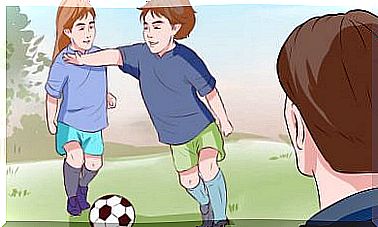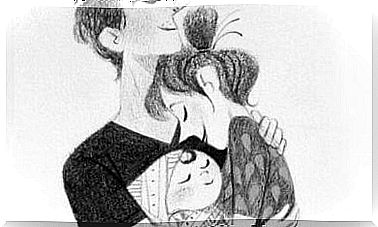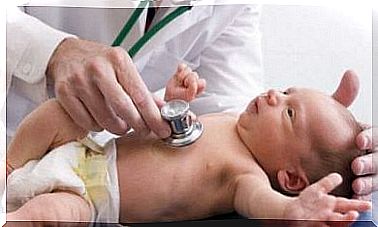When To Remove Tonsils In Children

The tonsils are located in the throat and form antibodies to the respiratory tract. Most importantly , in the first year, they help to protect babies from viruses, bacteria, and fungi that can affect the babies. Under what circumstances would doctors like to remove children’s tonsils?
In this article, we will discuss some of the reasons that many parents wonder about.
Adenoids and the lingual gyrus make up Waldeyer’s tonsillar ring. This area consists of a zone where cells share their defenses. As experts indicate, you should remove tonsils when certain inflammations affect the patient’s health.
When should you remove tonsils in children?
There are two reasons doctors remove tonsils: tonsillitis and sleep apnea. The first is related to inflammation in the tonsils. In fact, this is one of the most common childhood diseases. The second, sleep apnea, happens when the airways become blocked while sleeping.
In either case, an ENT specialist will decide whether or not the tonsils should be surgically removed. When children regularly have throat infections, many specialists decide to remove them. The question is: how often should tonsillitis be to remove the tonsils in children?
For children up to 12 years old, specialists will remove them when there are 6 or more infections per year, for a minimum of 2 consecutive years.
As for sleep apnea, this is when kids have trouble breathing at night while they sleep. Not getting much sleep not only causes daytime fatigue, but also increases the risk of serious conditions.
Is it possible to avoid surgery?

Today, surgery is usually the patient’s last resort. Until recently, however, it was very common to take out the tonsils. Doctors removed them at the slightest sign of inflammation.
The difference is that the aim now is to allow children to develop their immune systems and antibodies naturally and completely. Frequent tonsillitis is completely normal for children under 5 years old. In addition, they build immunity that will help them for the rest of their lives.
However, ENT doctors will determine that surgery is necessary if their patient has breathing problems, hearing problems, or is at risk for other bad side effects.
When children have frequent viral or bacterial infections, it is important to follow your pediatrician’s recommendations step by step. Following proper treatments and not exposing children to new infections is one way to give their immune systems time to prevent new relapses.
For children with sleep apnea, you notice this when they snore. In general, children with a lot of mucus can breathe through their mouths while they sleep. However, if they’re constantly having trouble breathing and it’s too loud, don’t hesitate to see your child’s doctor.
What surgery do children need to remove the tonsils?

The operation to remove tonsils is simple and relatively short. However, the recovery period involves about 10-20 days of rest. This rest period is important, as bleeding can appear even 10 days after surgery. It is important to avoid possible reactions from surgery.
Surgeons perform this surgery with cryotherapy and lasers. However, adenotonsillectomy is the most common method of removing tonsils in children. Patients must have the surgery on an empty stomach as they will be under a general anaesthetic.
In terms of the recovery period, both children and adults need about two hours of recovery in the hospital. Then they can go home again.
Basically, for tonsil removal, the doctor needs to know the patient’s medical history. The operation is relatively easy, although you have to be careful during the recovery. Once the first three or four weeks have passed, the lives of children and adults improve significantly.









